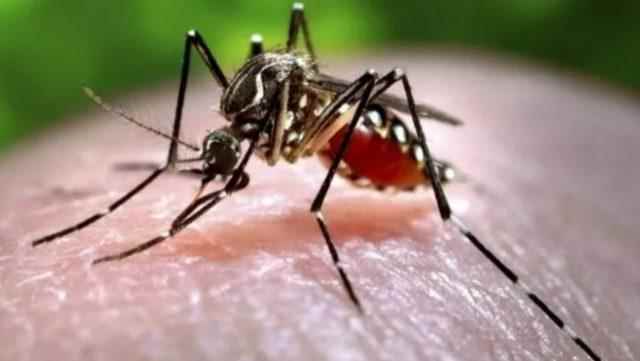Factors such as environmental pollution and the depletion of the ozone layer cause seasonal changes. The fact that this winter in Turkey was dry and hot, caused concerns in the minds. It was warned that if the temperature continued like this, it could cause invasive mosquitoes. Kıvanç Sevim, PhD student at Hacettepe University Department of Biology, Department of Ecology, said, “If temperatures continue like this, mosquitoes will have much more time to reproduce.” said.
Mosquitoes can be seen where they have not been before
Istanbul University-Cerrahpaşa (IÜC) Faculty of Veterinary Medicine Department of Parasitology Lecturer Assoc. Dr. Kerem Öter, “With the effect of temperatures, these mosquito species can be seen in regions and heights where they were not before. New species can enter new regions.” Experts stated that warm winter conditions with the effect of climate change create more suitable times and conditions for mosquitoes to breed.
Hacettepe University Department of Biology Department of Ecology PhD student Kıvanç Sevim started a study to measure the response of an invasive yellow fever mosquito to low temperatures, called “Determination of the effects of low temperatures on the life cycle of Aedes aegypti (yellow fever mosquito)”. Sevim completed her project, which she started in April 2020, after 300 days of uninterrupted laboratory process and analysis.
THEY CAN CONTINUE THEIR LIVES ALSO IN WINTER
Providing information about the details of her work to the AA correspondent, Sevim explained that mosquitoes can develop their own methods to overcome adverse conditions, and that they can also survive in the winter months due to the increase in seasonal temperatures due to climate change, which remains at a suitable level for the species.
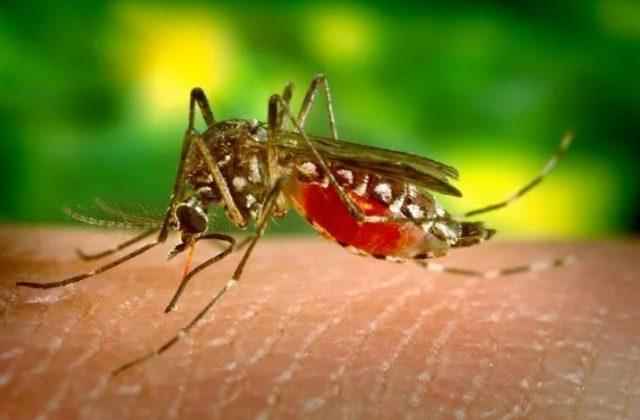
MAJOR CITIES ARE IN DANGER
Pointing out that the temperatures are especially high in cities such as Istanbul, Ankara and Izmir, Sevim said, “There are similar reports on mosquitoes in many parts of the world. For example, it is known that the invasive Asian tiger mosquito, which spreads in Istanbul, is of tropical origin, but also yellow fever fly. “There was once a view that these would not be widely distributed in cold, temperate climates such as Turkey, Europe, and North America. But over time, studies have shown that mosquitoes can adapt to these temperatures very easily.” he said.
THEY ADAPT TO THE CLIMATE EASY
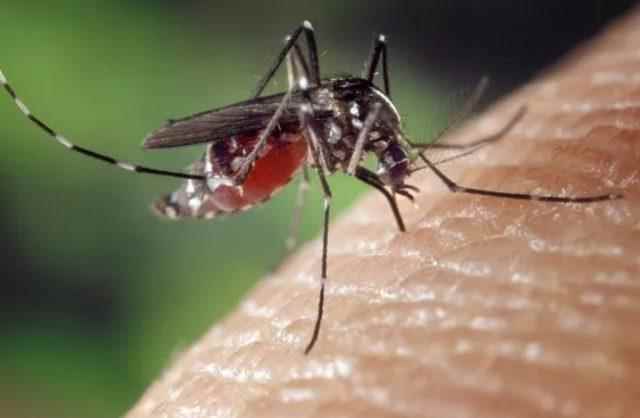
Sevim stated that in her study, she tried to determine the responses of the yellow fever mosquito to low temperatures at 20, 15, 10 and 5 degrees and how its life cycle was affected by this. Kivanc Sevim continued as follows:
“We observed hatching of eggs at temperatures of 5 and 10 degrees. This showed us that the eggs maintain their vitality at these temperatures. We saw that the larvae development was successfully completed at 15 degrees. We have shown that while the weather is cold to us during the transition from winter to spring, it is not cold for these creatures. I tried to determine their survival status by exposing the individuals of the mosquito species to temperatures of 5, 0 and -5 degrees. We saw that the eggs can survive even at 0 degrees. These creatures actually have a much wider tolerance than we thought, these temperatures are not considered fatal. “We can still observe the activation, they adapt to the climate. They can adapt very quickly to the conditions of the environments they are in or have just arrived, and maintain their vitality and generation here.”
YELLOW FUMMA MOSQUITO IS ALSO SEEN IN TURKEY
Sevim said that it is known that the yellow fever mosquito came from Africa to North America, and from there to Europe and Turkey, and that it is currently seen in northern Russia, Turkey and Georgia. Noting that the temperature is minimum 10 degrees and the upper limit is 30-35 degrees for the species known as the house mosquito to continue its development, Sevim stated that climate change has made the temperature ranges more suitable for these creatures to reach adulthood and lay their eggs.

THEY CAN LEAVE THEIR EGGS IN INVISIBLE AREAS
Noting that mosquitoes overcome adverse conditions by stopping their development at low temperatures or by allowing them to watch very slowly, Sevim cites the Asian tiger mosquito as an example, adding that this species survives the winter by laying its eggs in areas such as pot bottoms, plastic bottles, concrete containers, and that with the onset of precipitation and the rise in temperatures, a suitable environment arrives. He said he continued his lineage.
MORE ovulation and increase can be seen
Pointing out that the mosquitoes’ activation periods are prolonged and they lay more eggs, as the temperatures do not decrease, Sevim noted the following:
“If the weather is cold in June, the population may not reach its highest yield if it passes in autumn weather until mid-July. The weather is dry, the temperatures have started to go high and let’s say we saw 30-35 degrees in May, then their population increases may shift to May-June. Definitely what the effect will be. “We cannot say, but if temperatures continue like this, there will be a lot more time to reproduce and continue their lineage. That means more eggs and more individuals.”
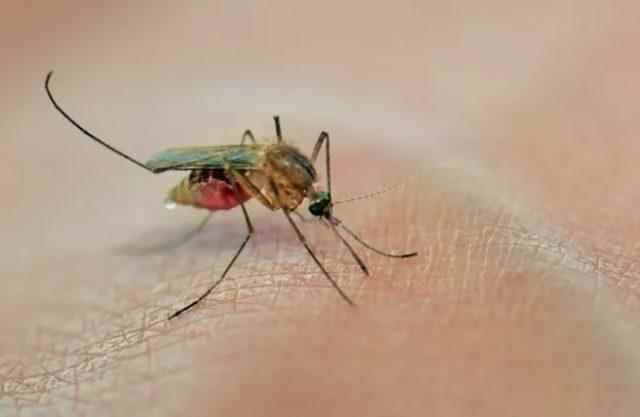
SPREADS ARE AMAZING
Istanbul University-Cerrahpaşa (IÜC) Faculty of Veterinary Medicine Department of Parasitology Lecturer Assoc. Dr. Referring to the effects of climate change and the increase in average temperatures on mosquito species, Kerem Öter said, “It may cause an increase in the number of certain species in a certain geography. Some diseases can be transmitted to humans through certain mosquito species. With the effect of temperatures, these mosquito species can be seen in regions and altitudes where they were not before. new species may enter the regions. used the phrases. Öter stated that they have been following invasive mosquito species, Asian tiger mosquito and yellow fever mosquito in Istanbul and Turkey for the last 10 years, and they are concerned about their numerical increase and spread.
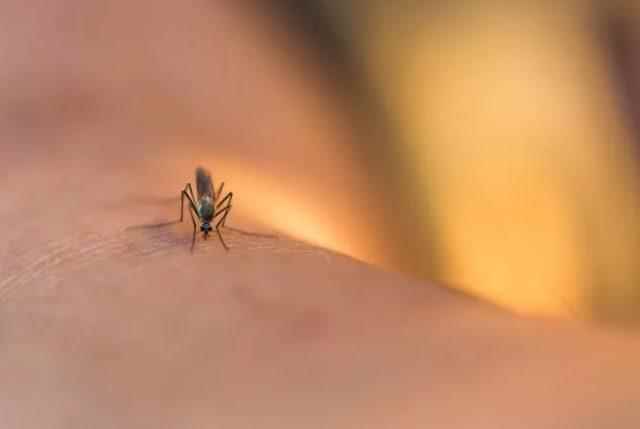
“NEW SPECIES MEAN ENTRY OF NEW DISEASES”
“This struggle differs from geography to geography. We continue to monitor these invasive species in Istanbul. Thanks to the data we have obtained, we know when their populations rise and when they decline. It’s January and it’s great weather outside, which surprises us too. Many different mosquitoes. “We had resident species before, we recorded them. But on the one hand, there was the introduction of new species, invasive species. New species mean the introduction of new diseases. These must be revealed.”
INCREDIBLE CHALLENGES ARE NOT EFFECTIVE
Emphasizing that all organizations that want to fight mosquitoes should first establish a monitoring system and reveal seasonal population dynamics, Öter said, “Planning and programming of control techniques should be done. This is defined as ‘integrated mosquito control’. These are completely scientific-based, sustainable techniques. Random struggles and The use of drugs never solves this problem, and it can cause harm, such as economic and environmental pollution, and results such as resistance development, rather than benefit. made its assessment.
(AA)
